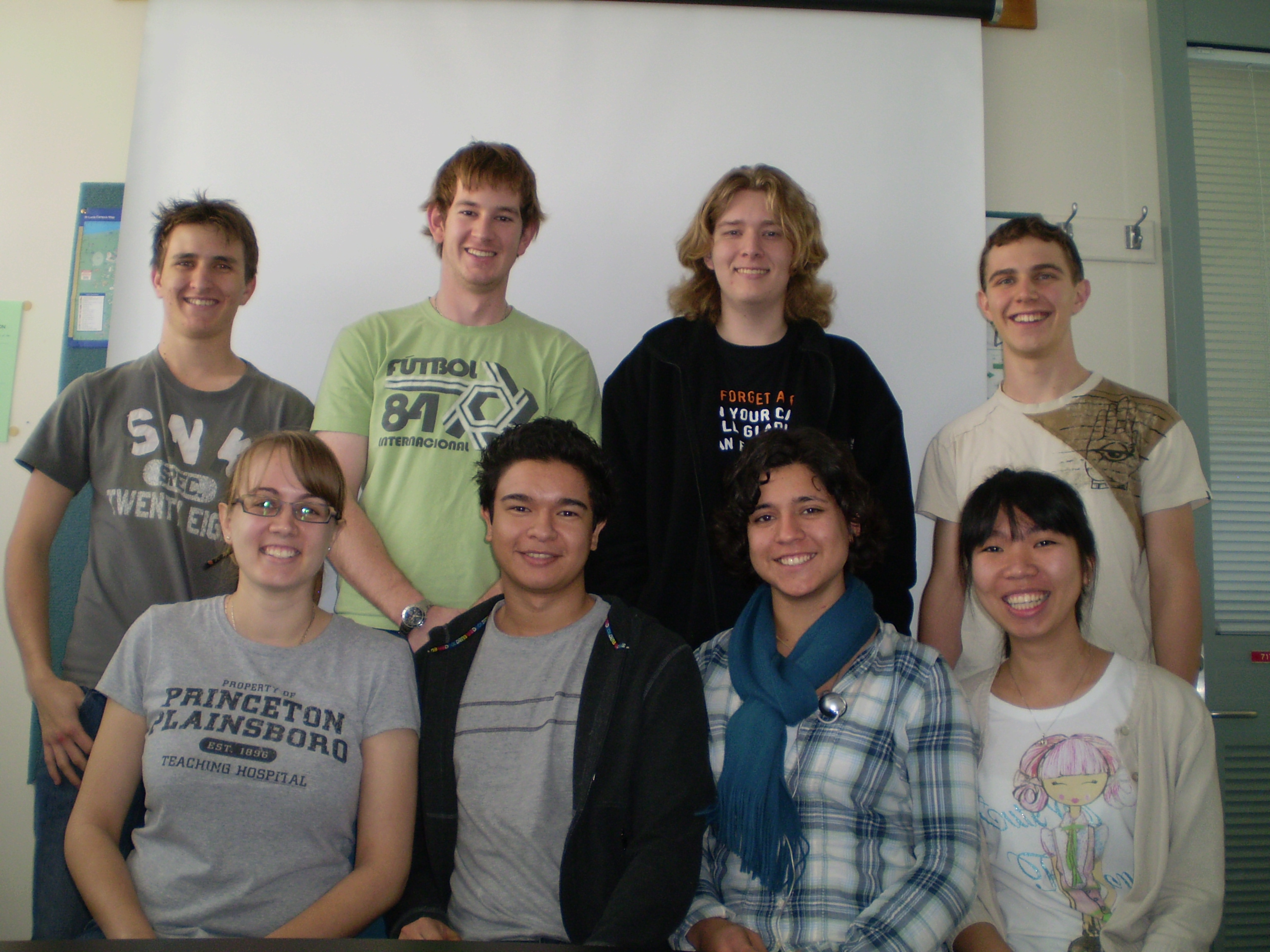Team:UQ-Australia/Project
From 2009.igem.org


Water Purification Project
Project Description
Water contamination is a key environmental issue for all countries in the world. In Queensland in Australia we have a particular problem with Mercury around the major mining town of Mt Isa. After searching through the iGEM projects from previous years we saw the arsenic detection which was successful in detecting trace amount of the harmful chemical. As the UQ 09' team we wish to take this one step further and detect and remove Mercury from water systems.
To do this we will be taking a strain of Escherichia coli and using the already established MerR system of intake of Mercury, we will be adding one more protein called Ag43. This protein, when activated, causes the bacteria to stick to one another. As the bacteria aggregate that clump together down the bottom of the water sample. The idea is for the bacteria to intake the mercury which will activate Ag43 which will be tagged onto the MerR system and the bacteria will fall to the bottom leaving mercury free water above the bacteria.
There are a number of parts that we hope to add to the registry. The first is Ag43 as a coding sequence, MerR promoter.... (don't know the others ones sorry i forgot). Finally we will also add the completed mercury and aggregation system as an operon, in a plasmid.
Bioprecipitation Project
Project Description
The arid climate of Australia has become notorious for causing widespread problems for agricultural industries. That is, the scarcity of water hinders the production of crops and livestock, as well as forcing restrictions of daily water usage for households. Team UQ Australia aims to solve this problem through the use of a bio-precipitation technique, thus increasing the availability of our most precious resource.
Pseudomonas syringae is a common bacterium, primarily found in colder climates (optimally at 22°C), and is well known for its biological ice nucleation properties, i.e. the formation of rain/snow. However, the bacteria are unable to survive in environmental temperatures above 28°C. By introducing heat shock proteins (DnaK, DnaJ, GroEL, and GroES) through plasmid insertion, UQ Australia aims to increase the optimal growth temperature available to P.syringae, thereby allowing bio-precipitation to occur in warmer (and drought stricken) climates.
Ideally, UQ Australia will be contributing a number of parts to the registry. Firstly, a plasmid with DnaK, DnaJ, as well as an upstream promoter will drive the expression of these two genes. Secondly, an additional plasmid will carry the genes for GroEL and GroES, also complemented by an upstream promoter to drive gene expression.
 "
"
